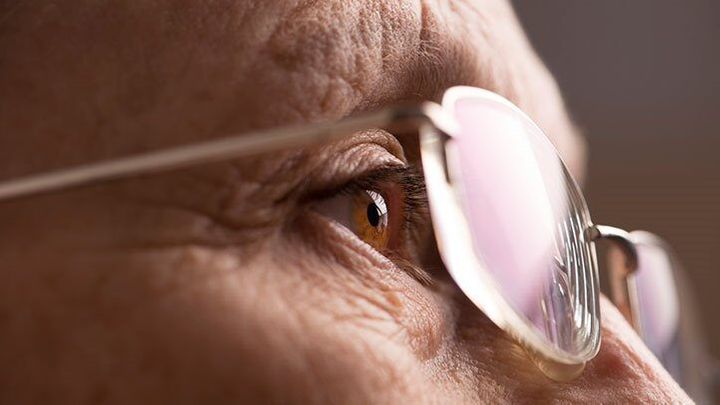
As we age, eye diseases increase, but we must be careful to stay trouble-free. After all, we often use our super-functional eyes for our day-to-day activities.
But what are some eye diseases that can make our lives difficult? And can they all be prevented?
While avoiding these common eye diseases altogether is impossible, it is possible to learn about their symptoms, causes, types, prevention, and treatment. Read on to know more!
1) Age-Related Macular Degeneration (AMD)
The macula is the central part of the retina (the layer at the back of the eye that sends visual signals to the brain). As we age, our vision deteriorates. This is because the macula aids in seeing, reading, and all visual activities. This disease is called age-related macular degeneration.
Symptoms
How do you know you are affected by this disease? Symptoms include blurred vision, distorted dots in the center of your vision, and distorted color vision.
Risk Factors
AMD is one of the most common inherited eye diseases. If you have a family member with macular degeneration, you are more likely to develop it yourself. Smoking, high blood pressure, obesity, and a sedentary lifestyle increase the risk of contracting this disease.
Treatment and Prevention
There is no real cure for AMD, but certain medications can help slow the degenerative process. Thus, vision loss is a distant process in time.
An adequate, nutritious diet can help prevent macular degeneration. Some studies suggest that omega-3 fatty acids reduce the risk of AMD.
Also, consume eye-friendly nutrients such as zinc and vitamin A daily to avoid this eye disease.
2) Cataracts
Our natural lens is usually clear and provides sharp vision. However, cataract is a condition in which the lens becomes cloudy, and we see only an unclear, blurry image.
Why does this happen? Proteins in the eye merge to form a cloud that blocks vision.
The likelihood of this happening increases with age. Therefore, it is very important to watch for its symptoms. This will help us diagnose and treat cataracts quickly.
Symptoms
Symptoms include blurred vision, sensitivity to light, diplopia (seeing two images of the same object), color blurring, and dizziness.
Causes
Are you wondering what causes blurred vision due to protein clotting? There are many causes. Examples include trauma, diabetes, excessive sun exposure, nutritional deficiencies, and radiation therapy.
Diagnosis and Treatment
Certain tests, such as refraction, are necessary to make a diagnosis. Once a diagnosis is made, surgery must be performed to replace the original cloudy lens with a new artificial lens.
However, if the cataract is mild, only topical treatment is required, and surgery may be avoided.
Prevention
Prevention of cataracts is always best. To do this, it is best to protect your eyes from the sun’s harmful ultraviolet rays. Always wear UV glasses or sunglasses when going outside.
You should also take good care of your health by refraining from drinking and smoking. Problems such as obesity, high blood pressure, and glaucoma can be risk factors. Manage them well.
This is important not only to prevent cataracts, but also other eye diseases that are common in the elderly.
3) Diabetic Eye Disease
Diabetes is associated with many eye diseases. These include blurred vision, glaucoma, and cataracts.
However, diabetic retinopathy is one of the most serious of these, which we will discuss. It is one of the most common eye diseases in the elderly and can lead to irreversible vision loss.
Simply put, diabetic retinopathy is a disorder that occurs in the retina’s blood vessels

Symptoms
There are no symptoms in the early stages of the disorder, but in later stages, night vision problems and blurred vision may be seen. Colorless spots may appear to float in the visual field. These are called floaters.
Causes
Diabetic retinopathy is caused by high levels of glucose in the blood. This puts pressure on the blood vessels responsible for feeding the retina.
Eventually, the blood vessels become clogged. As a result, new blood vessels need to form. However, because these new blood vessels are weak, they rupture and leak fluid into the eye. This event causes further clouding and blockage of the retina, resulting in vision loss.
Prevention and Treatment
Control of diabetes and blood pressure is essential to prevent diabetic retinopathy.
Share your thoughts with us in the comments below!
